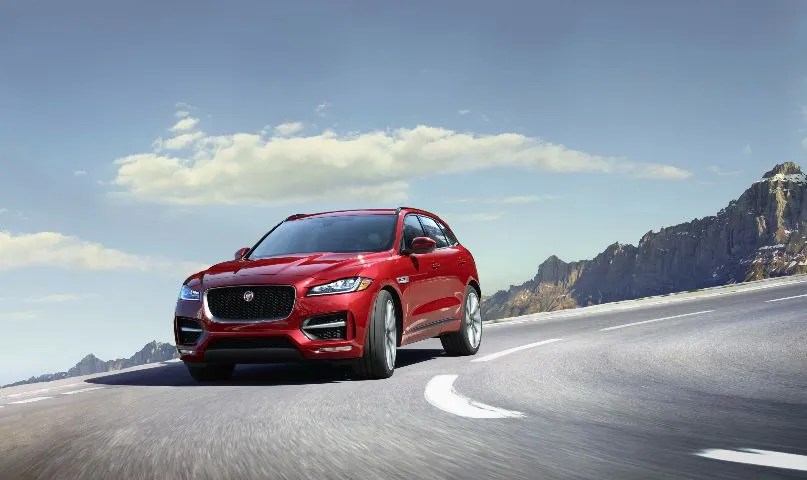The Benefit-in-Kind taxable charge on company cars is now linked to CO2 emissions, and Hertz Lease expects an accelerated shift from diesel and petrol vehicles to BEV and PHEV alternatives.
Life in the leasing industry is never dull. Challenges around supply of new vehicles, semi-conductor shortages, lockdowns in China, increasing interest rates and rising prices across vehicle categories have made for a challenging environment. At the same time, things have never been more exciting or dynamic as the change from petrol and diesel vehicles to Full Electric (BEV) and plug-in hybrids (PHEV) continues apace.
Archer Sheridan Leasing, a Hertz Lease franchisee, specialists in Contract Hire and Fleet Management, have never been afraid of change. Part of the Sheridan Motor Group that has been around since 1915, they have seen a huge evolution in the motor industry. Niall Mullen, Sales and Marketing Director, says that the move to electric vehicles feel more like revolution than evolution.
“The movement from petrol and diesel passenger vehicles to electric has massively accelerated this year. Full Electric vehicles will make up about 30% of the passenger vehicles we have leased, and but for supply issues this might have been even higher,” Mullen explains.
BIK RULES CHANGES
The transformation away from diesel and petrol towards electric is something that should accelerate further in the 2023.

According to Mullen: “Changes in BIK rules will mean that BEV (fully electric) and PHEV (Plug-in Hybrid) cars will provide a lower BIK for the company car driver than the diesel or petrol equivalent. The bandings for the BIK system will be based around CO2 emissions. Fully electric vehicles will also have the advantage of a reduced original market value (OMV) – the amount on which BIK is calculated. This will push many drivers towards the BEV and PHEV alternatives.”
The new Benefit In Kind System works as follows:
| Lower Limit | Upper Limit | A - 0-59g CO2 | B - 60-99g CO2 | C - 100-139g CO2 | D - 139-179g CO2 | E - 179g+ CO2 |
| Kilometres | Kilometres | % | % | % | % | % |
| - | 26,000 | 22.5 | 26.25 | 30.0 | 33.75 | 37.5 |
| 26,001 | 39,000 | 18.0 | 21.0 | 24.0 | 27.0 | 30.0 |
| 39,001 | 52,000 | 13.5 | 15.75 | 18.0 | 20.25 | 22.5 |
| 52,001 | - | 9.0 | 10.5 | 12.0 | 13.5 | 15.0 |
An example of the reduction in the OMV for fully electric vehicles is as follows:
| Year | 2023 | 2024 | 2025 | 2026 |
| Original Market Value | € 55,000 | € 55,000 | € 55,000 | € 55,000 |
| Reduction in OMV for BEV | €35,000 | €20,000 | €10,000 | €- |
| Taxable OMV | €20,000 | €35,000 | €45,000 | €55,000 |
| Top rate of BIK for Full EV | 22.5% | 22.5% | 22.5% | 22.5% |
The commercial vehicle BIK charge will move from 5% to 8% from January 2023. Mullen says that from a company perspective, more and more customers are asking Archer Sheridan Leasing to help them migrate from a tradition fleet choice list of mostly diesel cars and vans to an electric alternative.
ELECTRIC FIRST
“We have launched an ‘Electric First’ policy for customers where we examine who on the fleet can realistically move to an electric vehicle within the confines of their territories and charging options. The government has introduced a €600 grant for all home wall chargers which is a great incentive and easy to claim. Our experience is that the home charger is a must, to remove the range anxiety issues.
“Having an EV as a company vehicle also involves the driver thinking differently on how they fuel their vehicles,” Mullen explains. “They must plan their routes and allow time for charging in their day. It is a positive that drivers are breaking up their journeys now to avoid tiredness. Most vehicles can go from 20% to 80% charge in 30 minutes or less with a fast charger. If they leave in the morning with a full charge and plan their charge on the way, then trips across the country are now not to be feared.
“We have drivers doing above 50,000km per annum in electric vehicles without it being an issue. We have even encouraged some of our fleets along the road to electric by trialling electric cars for six months to drivers who are agreeable to it, in an effort to prove to the greater driver population that the electric vehicle is workable for more of the fleet than might first be thought.”
THE HYBRID OPTION
Michael Hegarty, Operations Director at Hertz Lease, says customers are making the movement towards electric in different ways. “Some of our customers have started the move away from internal combustion engine vehicles by starting with mild hybrids and self-charge hybrids that don’t need to be plugged in. The mixture of engine and electric motor means that range is not an issue, though this option isn’t always the most economical for drivers covering high mileage.
“Plug-in hybrids give the benefits of low CO2 – most are below the 59g CO2 threshold which gives the driver the lower BIK of 22.5% downwards. This again works better for the urban driver who can predominantly use the battery element of the car on their journeys. With battery range on plug-in hybrids typically between 50-60km, this means the high mileage driver is still driving on the petrol or diesel engine for most of the time,” Hegarty adds.
The move to electric on commercial vehicles has been slower. Some of this is to do with range issues, some to do with the shortage of supply of these vehicles, but they will form a significant part of the commercial fleet of most companies in the coming years. The smaller electric vans fare well in Whole Life Cost comparisons with the traditional short wheel base van, and this is where most of the traction is likely to be. As the type of vehicles permitted to enter city centres changes, these small electric vans will become much more commonplace. The range on many of these vans is around 200-300km, so it’s not for everyone but will be ideal for many van users.
Sustainability Reporting
According to Hertz Lease, the gap in price between the larger commercial electric vehicles and their diesel alternatives still remains wide but is narrowing in terms of the total cost of ownership. Another consideration and incentive in the movement towards EVs for larger companies and all companies in time is the Corporate Sustainability Reporting Directive (CSRD).
This directive will require companies to report on a broad range of environmental, social and governance matters on how a company’s corporate activities impact the world outside their business. The concept of ‘double materiality’ has been introduced, so in addition to reporting the material risks the company faces internally, they will need to report the risks that the company’s activities pose to the environment and greater society. Large public interest companies (over 500 employees) will be in scope from 1 January 2024, with thresholds falling quickly and SMEs being in scope in 2028.
E-MOBILITY STRATEGIES
The type of vehicles on a company fleet and their CO2 output will become more relevant as time goes on. Companies will also need to consider e-mobility strategies that will encompass all parts of an employee’s journey and link these up. Bikes, e-bikes, train tickets, along with company vehicles will form a part of many companies’ fleet and travel policies.
The outlook for 2023 remains positive, but all the elements that keep it interesting, particularly the ongoing challenges around the supply of new vehicles, will remain. For certain, the move towards an electrified fleet will only get stronger.
+++++++++++++++++++++++
Archer Sheridan, a Hertz Lease franchisee, is one the longest established and largest independent leasing and fleet management companies in Ireland. If you are interested in a free Fleet Review, please contact us on sales@hertzlease.ie
Image: Niall Mullen, Sales and Marketing Director, Archer Sheridan Leasing











